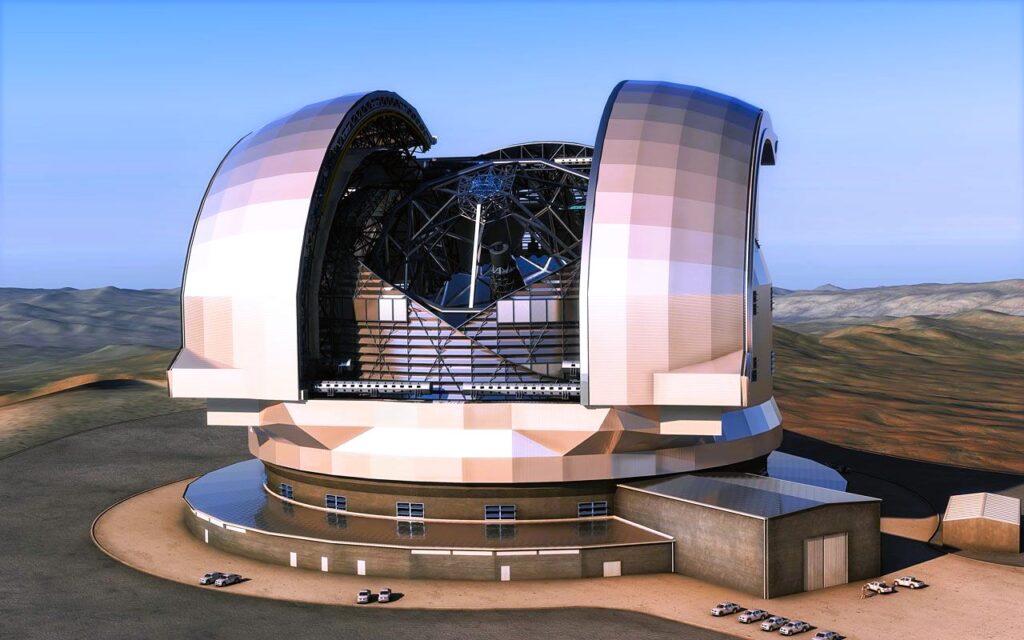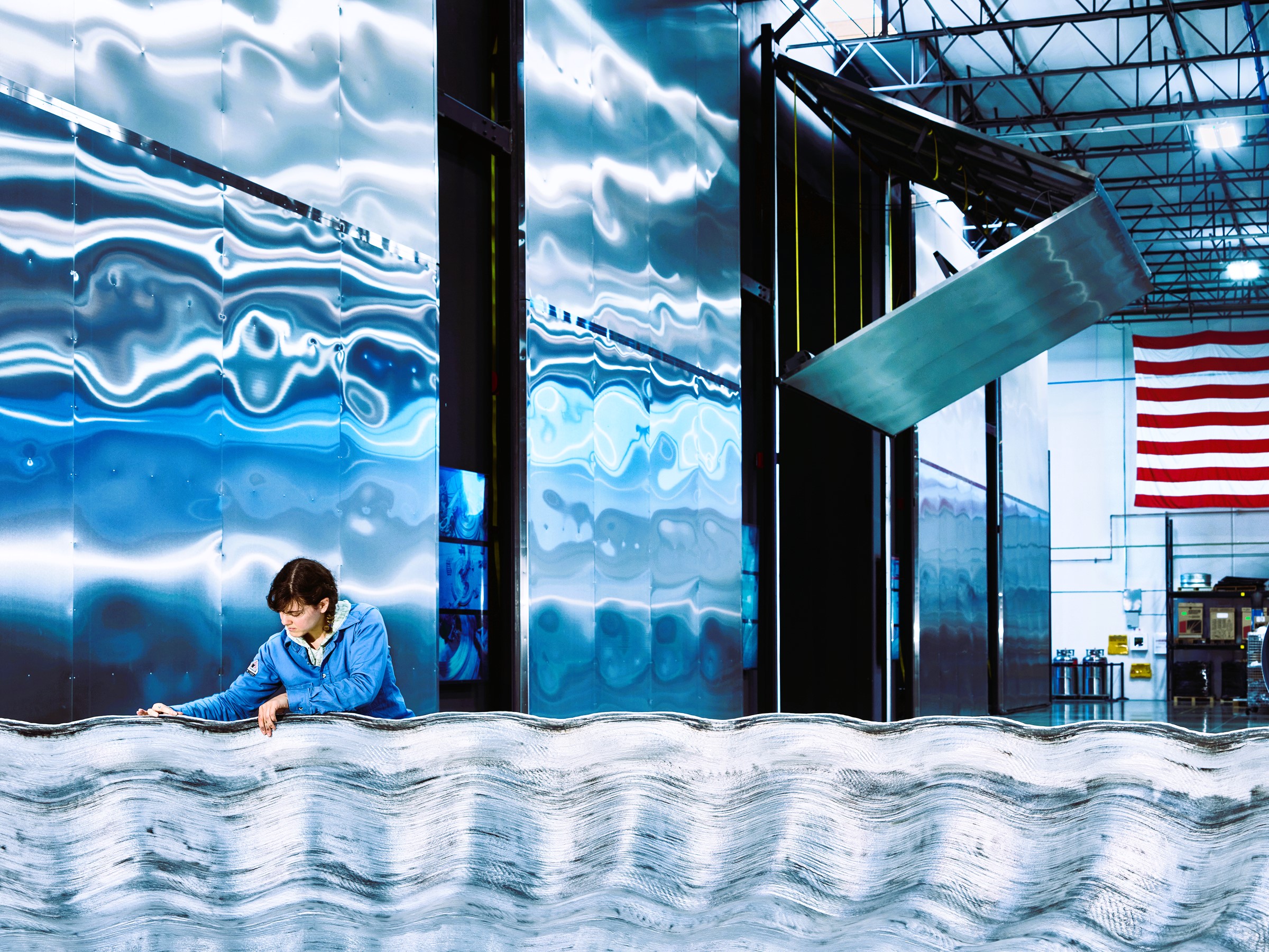Space exploration has always been a realm of cutting-edge technology and innovation, and glass, with its unique properties, has found invaluable applications within the space industry. From spacecraft windows to specialized optical instruments, glass plays a crucial role in enabling scientific discovery, human spaceflight, and the advancement of our understanding of the cosmos. In this article, we will explore the various ways in which glass aids space exploration and how it contributes to the success of missions beyond our planet.
The Versatility of Glass in Space Exploration
Glass is a remarkable material known for its transparency, durability, and versatility. In the context of space exploration, it serves a wide range of purposes:
- Spacecraft Windows: One of the most iconic uses of glass in space is in the form of windows on spacecraft. These windows provide astronauts with a view of space and celestial bodies while protecting them from the harsh conditions of the vacuum of space.
- Optical Instruments: Glass is a fundamental component of optical instruments such as telescopes and cameras used on space missions. Precision-crafted glass lenses and mirrors are essential for capturing high-quality images of distant celestial objects and planets.
- Solar Panels: Glass covers the solar panels of many spacecraft, providing protection for the photovoltaic cells that generate electricity from sunlight. Glass coatings can enhance the efficiency and durability of solar panels in the harsh space environment.
- Thermal Insulation: Specialized glass materials with thermal insulating properties are used to protect spacecraft from extreme temperature variations during their missions. These materials help maintain a stable internal temperature.
- Containment and Sample Analysis: Glass containers are used to contain and transport samples collected from celestial bodies such as the Moon and Mars. These samples can include rock and soil samples, which scientists analyze to gain insights into planetary geology.

Protecting Astronauts with Reinforced Glass Windows
One of the most critical applications of glass in space exploration is in the design of spacecraft windows. These windows must fulfill several essential functions:
- Protection from Space Debris: Space is littered with micro-meteoroids and space debris that pose a significant risk to spacecraft. Reinforced glass windows, often made from materials like borosilicate glass, are designed to withstand impacts from these particles.
- Radiation Shielding: Beyond Earth’s protective atmosphere, astronauts are exposed to higher levels of cosmic radiation. The glass used in spacecraft windows is formulated to provide some degree of radiation shielding while allowing for visibility.
- Thermal Control: Spacecraft experience extreme temperature variations between sunlight and shadow. The windows must be designed to manage these temperature differentials without compromising structural integrity.
- Optical Clarity: Maintaining optical clarity is crucial for allowing astronauts to conduct observations and navigate during space missions. High-quality glass and anti-reflective coatings are employed to minimize optical distortions and maximize visibility.
Advanced Glass for Space Telescopes
Space telescopes, such as the Hubble Space Telescope, rely on precision-crafted glass components to capture breathtaking images of the cosmos. These telescopes are equipped with sophisticated optics that include:
- Large Aperture Mirrors: Space telescopes use large mirrors made of ultra-low-expansion glass to gather and focus light from distant objects. The quality of these mirrors directly impacts the telescope’s ability to resolve fine details.
- Advanced Lens Systems: Some space telescopes employ complex lens systems that correct for aberrations and enhance image quality. High-quality glass lenses are essential for achieving precise observations.
- Coatings: Anti-reflective and protective coatings are applied to glass components to minimize light loss and protect them from radiation and micrometeoroid impacts. Glass and Safety: How to Ensure Protection at Home.
Glass Innovations and Future Space Exploration

As space exploration continues to evolve, so does the technology associated with glass. Researchers and engineers are continually developing new materials and coatings to improve the performance and durability of glass in space environments. Innovations in glass are expected to play a pivotal role in upcoming missions, including lunar and Mars exploration, where glass will be used for habitats, instrumentation, and protection.
Standards and Regulations in Space Glass Technology
The space industry adheres to strict standards and regulations to ensure the safety and reliability of glass components in space missions. Organizations like NASA and the European Space Agency (ESA) provide guidelines and specifications for materials, including glass, used in spacecraft and instrumentation. Compliance with these standards is critical to mission success and astronaut safety.
For more information on the role of glass in space exploration, you can visit Wikipedia. These sources provide valuable insights into the technical aspects and industry standards associated with glass technology in space exploration.




